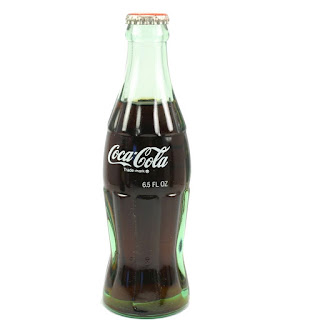
Fishing bait is any substance used to attract and catch fish, e.g. on a fishing hook. Bait items are both selected from and placed within the environment to achieve enhanced prey capture success. Traditionally, fishing baits are natural fish food such as night-crawlers, insects, worms, and smaller bait fish that have been used for catching fish. Fishermen have also begun using processed food, plastic baits and more recently, bionic lures to attract fish. Despite the importance of fish's attraction to bait, the way fish react to different baits is quite poorly understood.
The various techniques and bait that a fisher may choose is dictated mainly by the target species and by its habitat. Bait can be separated into two main categories: artificial baits and natural baits. The alternative of artificial and live baits frequently demonstrate similar efficiency. The overall bait type and size will affect the efficiency and results of catches when fishing. With these two common ways to fish also comes environmental concerns. It is known that some bait fish are invasive and have the possibility to spread disease. A common theme when inspecting the use of artificial baits is the discarding and loss of said baits. The disposing of lures can lead to problems in the ecosystem.
Using lures is a popular method for catching predatory fish. Lures are artificial baits designed to mimic the action of different prey, usually small fish. These lures are made to use movement, color, vibration, noise, and sometimes scent to attract fish into striking. The lure may require a specialized presentation to impart an enticing action e.g. in fly fishing. Artificial lures are rigged with different types of hooks in order to increase catch rate. Artificial baits are manufactured to be durable and fished repeatedly unlike natural baits. Different companies are continuously modifying lures with new technology to better represent and attract the attention of fish. A study showed that the reason fish react to different colors of lures is due to their ability of see infrared rays being reflected off of lures.
Companies have taken information like this into consideration so that they can make their lures in a way that maximizes efficiency. Some common artificial baits include: crank baits, soft plastic baits, swim baits, fake frogs, etc. Artificial baits are most commonly acquired online, in-store at tackle shops, and made by hand.
To read more, go here: https://en.wikipedia.org/wiki/Fishing_bait
- 1 pound Italian sausage, cut into 1/4-inch slices
- 1 large onion, chopped
- 1 celery stalk, diced
- 1 teaspoon garlic powder
- 1/4 teaspoon black pepper
- 1/3 cup natural rice vinegar
- 1 (14-ounce) can stewed tomatoes with Italian seasoning
- 2 cups water
- 8 ounces uncooked penne pasta
- 2 tablespoons chopped fresh basil
- Grated Parmesan cheese for sprinkling
- In a soup pot over medium-high heat, cook sausage, onion, celery, garlic, and pepper until sausage is browned. Add vinegar and cook until liquid is absorbed.
- Stir in tomatoes and water, and bring to a boil. Reduce heat to medium, add penne, cover and simmer 12 minutes, or until penne is just tender, stirring occasionally. Top with fresh basil and Parmesan cheese and serve.
When working for UPS I delivered a package to his Mulholland Drive home. He drove out just as I arrived and waved to me. This was about 1980. His butler and one of his twin sons, Gunnar or Matthew (about 13 at the time)












